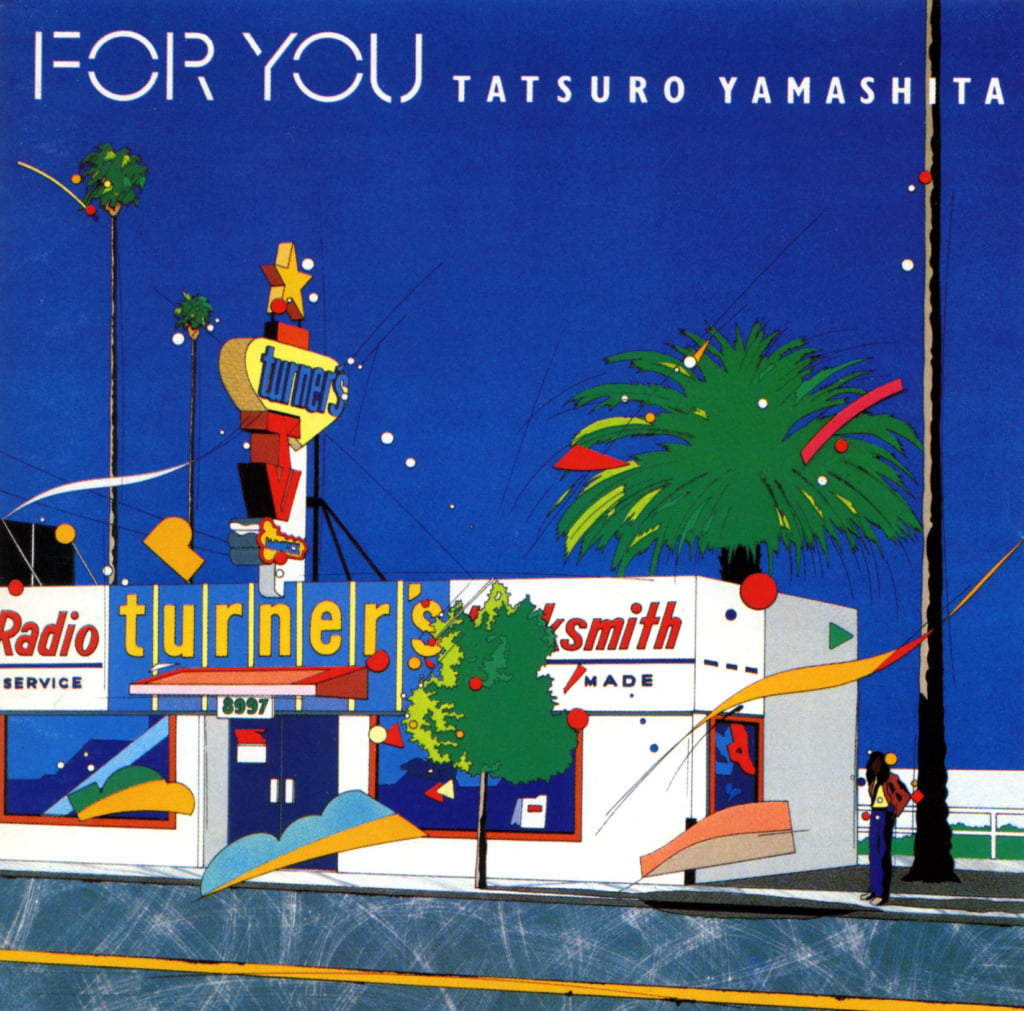what is an aesthetic?
“Individuals are not born with an innate interest in fashion and a propensity to make social distinctions, but they are born into a society in which fashion and social distinctions are taken for granted and valued.” (Aspers, Godart 2013) What are these social distinctions then? We most commonly interact with social distinctions in fashion via aesthetics. Aesthetic markets and consumption behaviour has been relevant for a while now, but it was not until the boom of TikTok that the general public has raised the usage of this term to new, dizzying heights. The aesthetic then is essentially a set of encompassing characteristics covering everything from specific items, colour palettes, music choice, all the way to moral behaviours. As an example, gorpcore is a more tangible aesthetic with relation to outdoor gear, participating in activities like hiking and leading a pragmatic, yet comfortable lifestyle. Whereas dark academia is an aesthetic that tends to start with clothing choices and colour palettes on the surface level, but extends further beyond that to reach things such as literature and philosophy.
aesthetic proliferation
Historically, the popularisation of an aesthetic often occurs in waves, where the upper class typically participates first, then eventually trickling down to everyone else. As such, a certain degree of aspirational cultural standards are developed, as people continually seek to “keep up” with the more fortunate, styling and aligning themselves with aesthetics and subcultures that are favoured by the zeitgeist. As of recent, there's been a more horizontal integration of aesthetics into pop culture, thanks to the origin of these aesthetics deriving from internet-based movements. The rebound of “vaporwave” aesthetics thanks to 70s inspired moodboards and popular internet songs eventually gave rise to the comeback of Japanese city pop, with songs like “Stay With Me” or “Plastic Love” gaining Western notoriety. The same fallout applies to the average consumer, we participate in the aesthetics in order to present, and in part believe, that we ourselves are part of this cultural movement.
the implications of aesthetics
The participation in popular aesthetics and subcultures isn't inherently harmful to our identity, at least not at first. It's unlikely to even think it is disadvantgeous as aspirational shopping provides great benefits to niche or luxury brands, as consumers overspend with the justification of participating in the zeitgeist. However, these aesthetics usually have more to them than what meets the eye. Beyond the superficiality of how its presented, some have a deep-rooted history that is largely overlooked by the majority of participants, par the most enthusiastic ones. The resurgence of city pop brings back themes of modern prosperity in isolation, which overlooks the stagnation era that was to follow. This shallowness isn’t inherently bad, until the aesthetic falls out of favour. Once this happens, the deep-rooted history that was ignored is completely excluded from people's memories about what the aesthetic stood for, and is entirely superseded by the superficial qualities. The removal of its sociocultural significance has some implications on the individual, as they move forward considering nothing but the hedonistic qualities of a given aesthetic. Whether that is beneficial or detrimental is dependent on other factors . Another thing that needs to be considered by the influx of aesthetics is that the individual loses any ability to discern their identity amidst these waves. Whilst it isn’t healthy for personal identity to remain static, the converse also applies to the other end of the spectrum. When we switch aesthetics in an effort to remain relevant, we continually reset our image and values. Slowly, there is a potential that we may become detached to any form of identity. Consequently, we might become an empty cultural shell that serves only as a mirror to its surrounds, as to disguise the fact that the shell itself has no substance. Maybe the answer lies in the Goldilocks zone that exists in between. Perhaps it is best to just let our inner selves decide to pursue an aesthetic, as changes occur due to the byproduct of life. This gradual, organic shift allows us to fully experience an aesthetic's core values, away from the woes of social expectation. However, always be aware of fast-paced changes and evaluate whether this is something we truly align with, outside of the influence of popular culture.